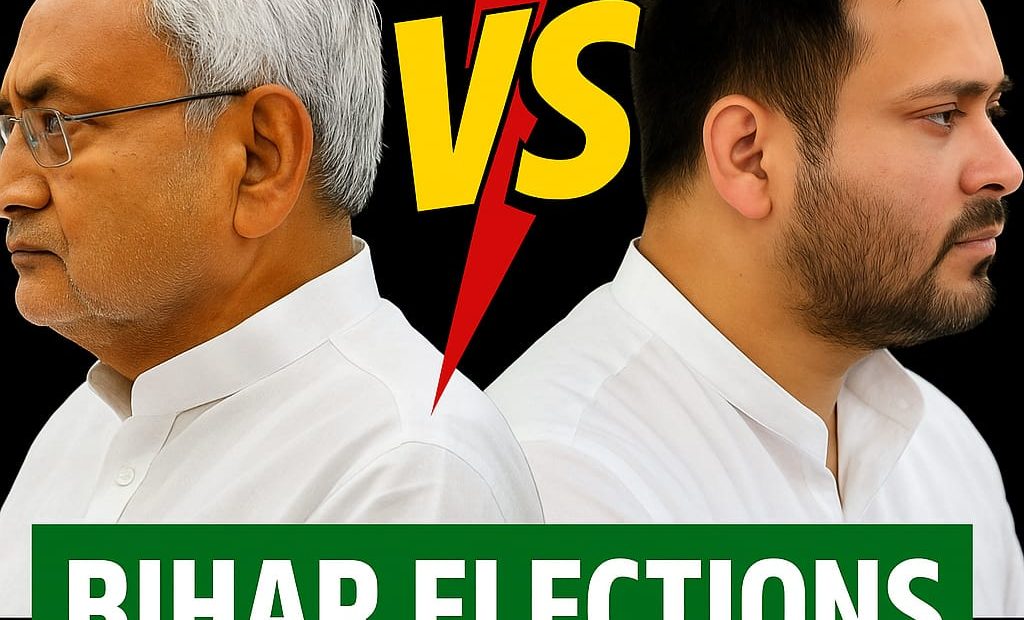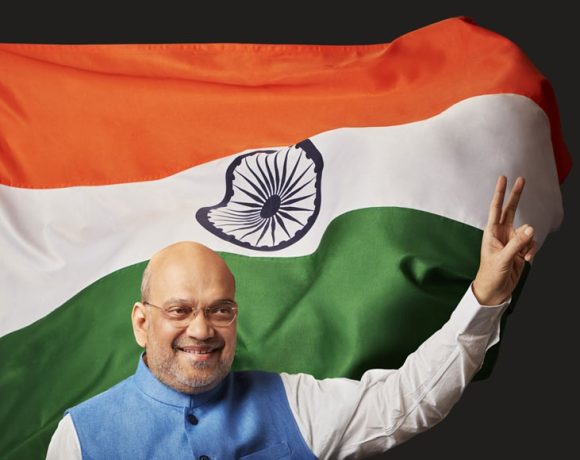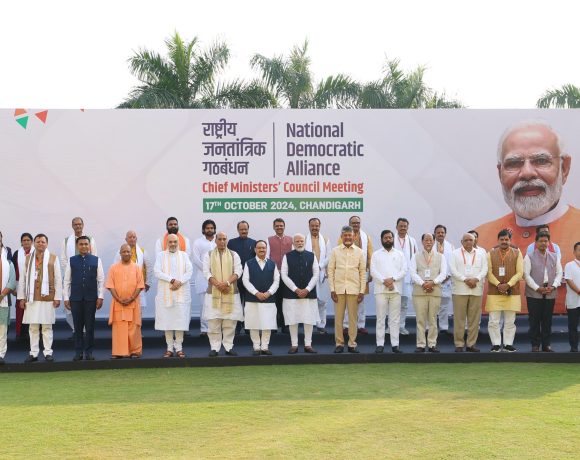
NDA Holds Ground in Bihar Exit Poll, But Margin Narrows Under Swing Pressure
New Delhi — Exit poll projections released by Statscope India Research suggest that the National Democratic Alliance (NDA) led by the Bharatiya Janata Party (BJP) and the Janata Dal (United) remains ahead in the Bihar Assembly elections, though its margin of victory could shrink considerably under changing voter dynamics. The findings, based on seat-by-seat modelling and alliance-wise aggregation, present three outcome scenarios — best case, aggregate midpoint, and worst case — offering a comprehensive view of the political contest ahead of the final results.
In the best-case scenario, the NDA is expected to secure 142 seats, comfortably crossing the halfway mark of 122 in the 243-member Bihar Legislative Assembly. The Mahagathbandhan (MGB), led by the Rashtriya Janata Dal (RJD) and the Indian National Congress (INC), is predicted to win 91 seats, while Others account for 10. This would translate into a clear and stable mandate for Chief Minister Nitish Kumar’s alliance with the BJP, mirroring the dominance seen in 2020. Analysts describe this as the NDA’s most favorable outcome, where its caste arithmetic, organizational strength, and welfare delivery combine effectively to retain voter confidence.
The aggregate or midpoint scenario — which averages the best and worst outcomes — offers a more nuanced picture. Here, the NDA’s tally drops slightly to 136 seats, while the MGB improves to 99 and Others remain steady at 10. This scenario keeps the NDA in majority but narrows its lead to just 14 seats over the majority mark. It reflects the possibility of tighter contests in semi-urban constituencies and signs of a marginal anti-incumbency wave in select districts such as Patna, Muzaffarpur, and Darbhanga. Political observers note that this midpoint scenario, though not alarming for the NDA, highlights potential vulnerabilities that could shape governance and coalition stability post-election.
The worst-case scenario, calculated by assuming a 10 per cent swing in favor of the Mahagathbandhan, reduces the NDA’s tally to 128 seats. Under this model, the MGB surges to 105, while Others continue to hold 10. Though the NDA still crosses the majority line, its margin narrows sharply to just six seats — a wafer-thin cushion that could translate into an unstable assembly if smaller parties or independents shift their allegiance post-results. Statscope India Research attributes this volatility primarily to emerging youth sentiment, minor rural discontent, and regional fragmentation in certain constituencies where local leaders exert strong personal influence.
Alliance-wise, the BJP and JD(U) continue to anchor the NDA, accounting for the bulk of the projected seats, while smaller allies such as LJP (Ram Vilas) and HAM(S) provide marginal boosts. On the opposition front, the RJD remains the backbone of the Mahagathbandhan with consistent performance in its traditional Yadav-Muslim belt, followed by the Congress and Left parties contributing limited but stable numbers. Despite the NDA’s edge across scenarios, Statscope’s model underscores that Bihar’s electoral mood is far from one-sided — with the opposition showing visible consolidation in northern and central regions.
The exit poll’s comprehensive seat mapping suggests that while the NDA is poised for another term, the scale of its victory could hinge on late voter swings, alliance cohesion, and turnout among first-time voters. A narrower win might compel the ruling coalition to negotiate internally over power-sharing and policy continuity, especially if smaller partners seek greater leverage. Conversely, an unexpected surge by the Mahagathbandhan could reshape Bihar’s political discourse and energize the opposition for future national contests.
The survey’s methodological framework combined constituency-level trends, caste demographics, turnout analysis, and alliance preference data collected over multiple phases of polling. Statscope India Research clarified that its projections account for both urban and rural sample variations, ensuring a realistic, data-driven reflection of Bihar’s evolving electoral landscape.
In all three scenarios, the numbers point to one central truth — Bihar remains a state of fine margins, where even a small swing in public sentiment can tip the scales between decisive victory and fragile survival.
Credit: Statscope India Research


















